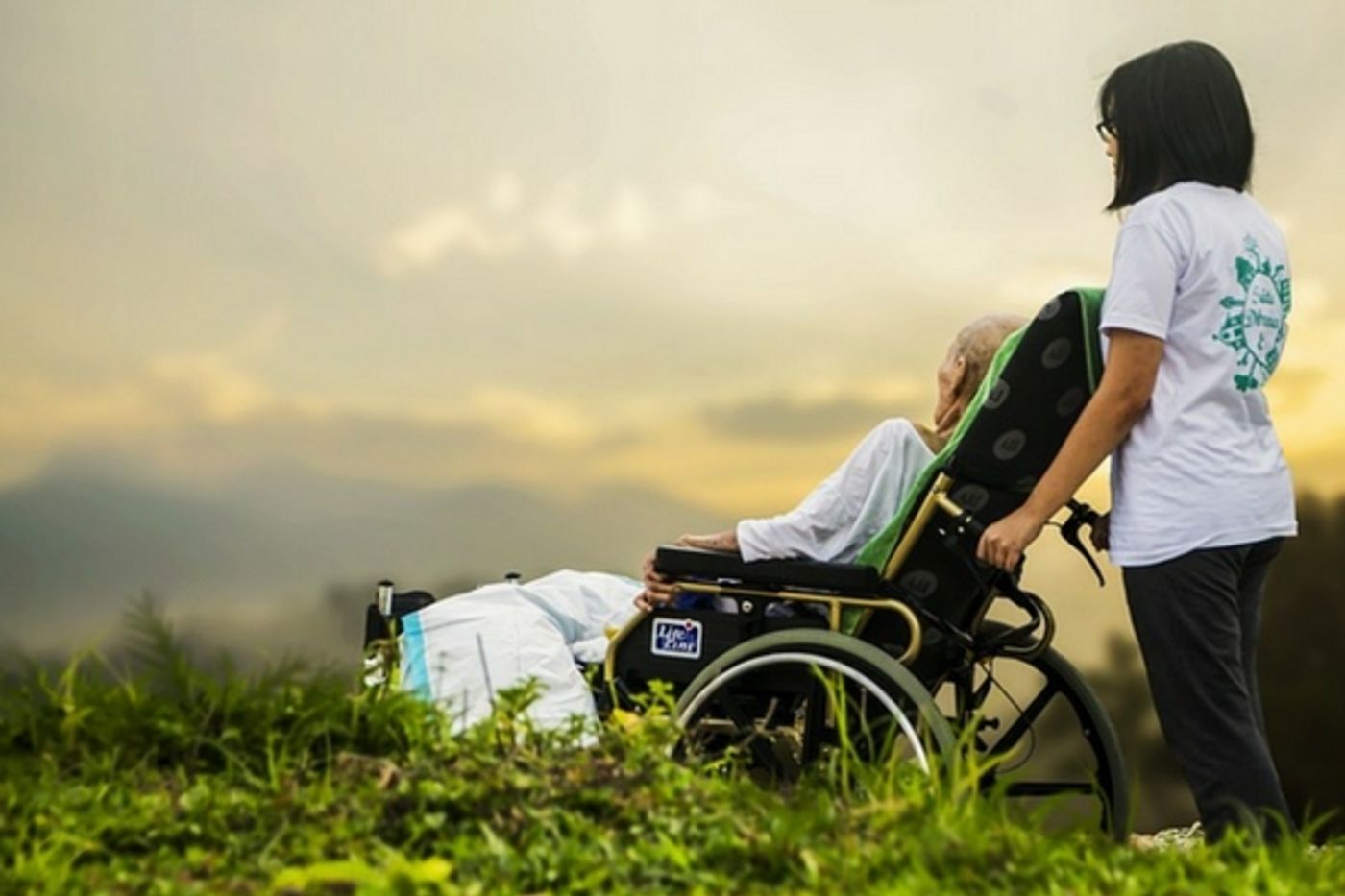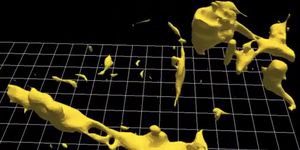Brain Implant Allows Paralyzed Patient to Move His Arm
Injuries or illnesses that result in paralysis are especially difficult to deal with for patients and their caregivers. While wheelchairs can get people around as needed, when a patient has little or no use of the hands and arms, it’s even more complicated to get through an average day. Bill Kochevar, of Cleveland, knows this better than most. He was paralyzed from the shoulders down in a bicycling accident and has since had to deal with breathing tubes, special equipment, and being almost totally dependent on others for every day care. Kochevar made some significant progress recently though, being the first quadriplegic in the world to have regained some movement in the hand and arm from an implanted brain computer interface system.
Bill has electrodes implanted under his skull and an investigational functional electrical stimulation system (FES) that works to activate hand and arm muscles by connecting his brain to the paralyzed nerves in his arm and hand. Because his paralysis is so severe, Kochevar couldn’t use a spoon, pick up a cup to drink or even scratch an itch…until now. He’s involved in a research project and clinical trial that placed a brain-computer interface with recording electrodes under his skull, and a functional electrical stimulation (FES) system* activating his arm and hand to reconnect his brain to paralyzed muscles.
BrainGate2, a pilot clinical trial being conducted by a consortium of academic and VA institutions, is furiously developing and assessing various types of implanted brain-computer interface (BCI) systems in people with paralysis. Earlier investigational BrainGate research has shown promise for patients with ALS or “Locked In Syndrome.” In the devices developed in that research patients were able to control a cursor on a computer screen or a robotic arm in order to communicate.
Kochevar was given a small handle with a rough textured sponge on the end so he could scratch an itch on the side of his nose. A custom fork was created and with the aid of the technology he was able to scoop mashed potatoes from a bowl. In a press release he stated, “For somebody who’s been injured eight years and couldn’t move, being able to move just that little bit is awesome to me. It’s better than I thought it would be.”
Kochevar is working with experts at Case Western Reserve University and at the FES Center at the Louis Stokes Cleveland VA Medical center. The team recently published the results of their study in the Lancet. The implant in Kochevar’s cortex is a series of electrode arrays. These collect brain signals associated with movement and transmit them to the computer interface. Algorithms decode the signals and send impulses to the FES to stimulate specific muscles. Kochevar just has to concentrate on thinking about how his hand or arm should move to begin the process of signaling and receiving.
Learning to do this, overcoming muscle atrophy and continually tweaking the tech for accuracy has been a long process but well worth it. Bolu Ajiboye, assistant professor of biomedical engineering and lead study author explained, “By taking the brain signals generated when Bill attempts to move, and using them to control the stimulation of his arm and hand, he was able to perform personal functions that were important to him.”
Bob Kirsch, chair of Case Western Reserve’s Department of Biomedical Engineering, executive director of the FES Center and principal investigator (PI) and senior author of the research added, “He’s really breaking ground for the spinal cord injury community. This is a major step toward restoring some independence.” Check out the video below to see this technology in action.
Sources: Case Western Reserve University, NPR, Cleveland.com, BrainGate









